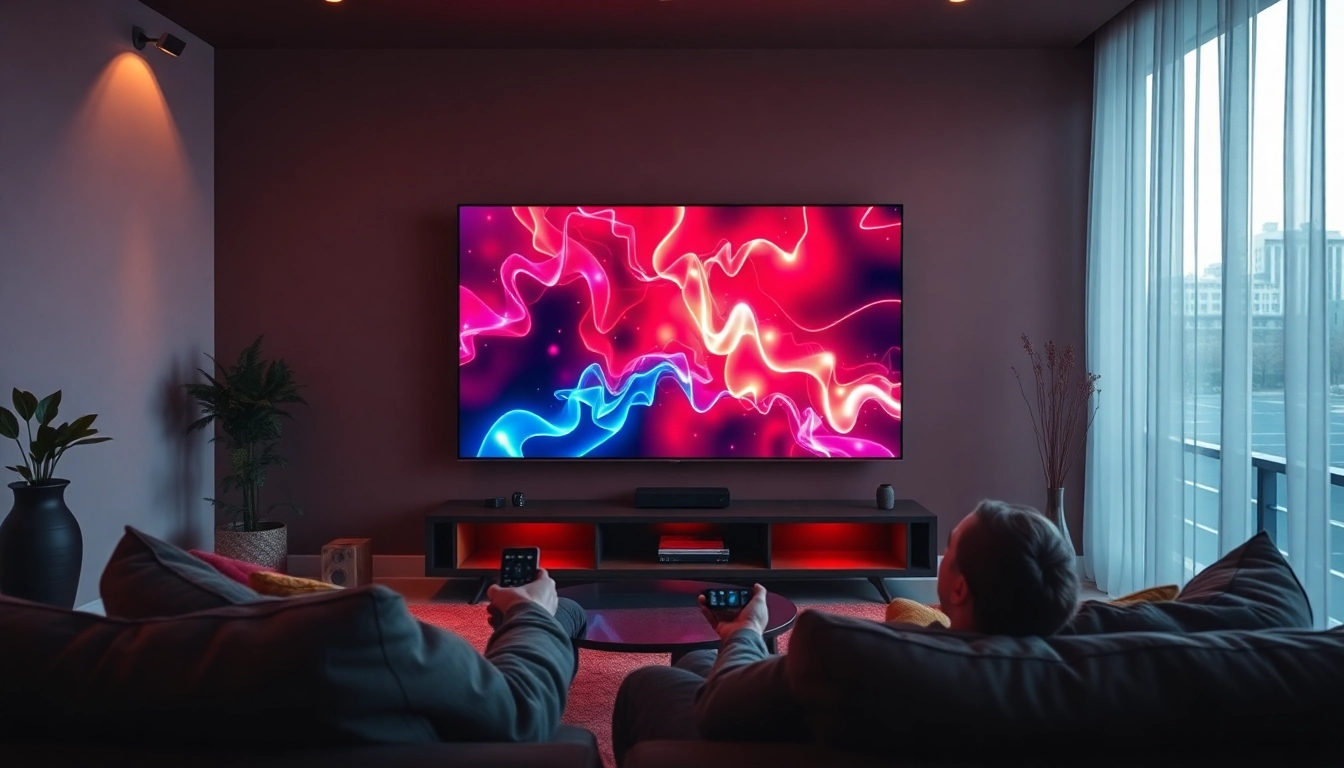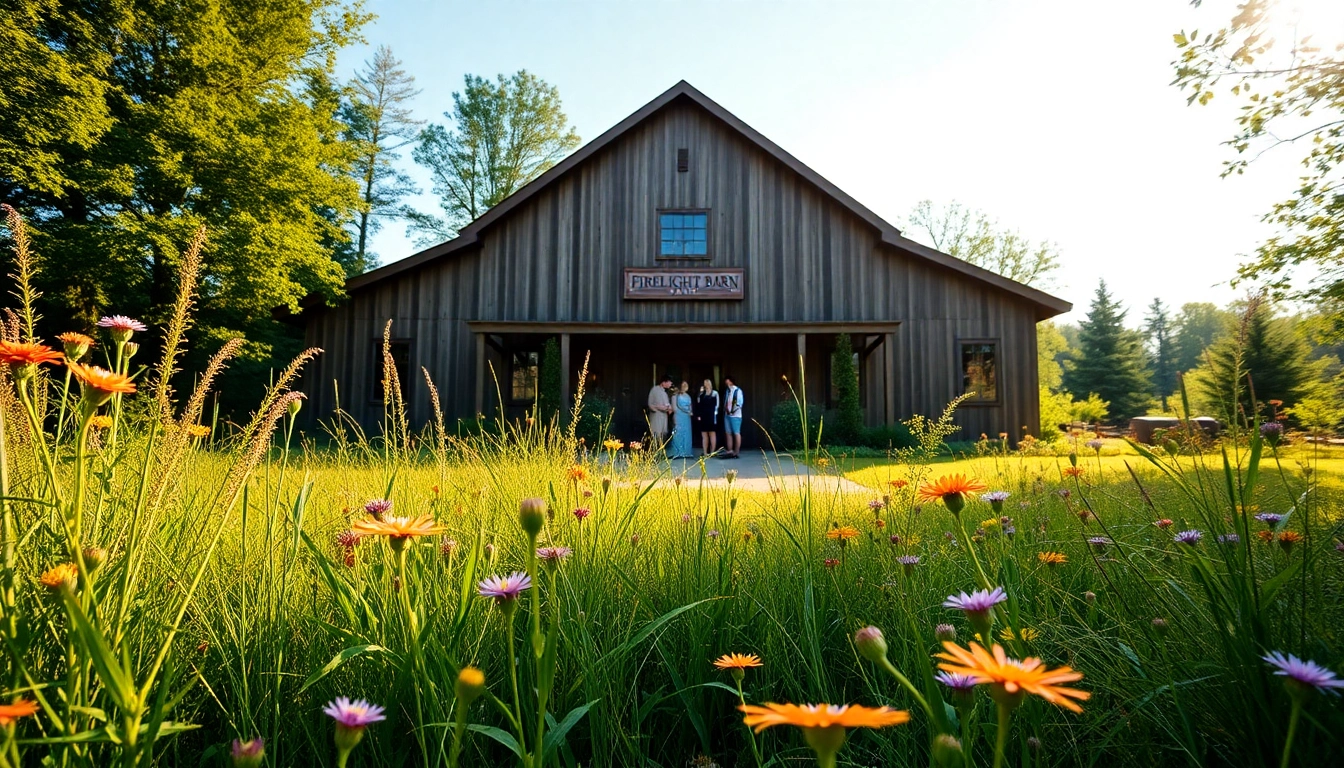Understanding Visual Aesthetics
Defining Visual Aesthetics in Art and Design
Visual aesthetics refer to the elements that contribute to the appreciation and experience of beauty in visual art and design. This encompasses a wide array of components, including color, form, composition, and overall visual coherence. From ancient cave paintings to modern digital art, the principles of visual aesthetics serve as a bridge between the creator’s intent and the viewer’s perception. Understanding these principles is crucial for artists, designers, and all creatives, as it can significantly impact how their work is received. Engaging with Visual Aesthetics not only enhances creativity but also improves the ability to communicate complex ideas visually.
The Role of Color in Visual Aesthetics
Color is one of the most powerful tools in the realm of visual aesthetics. It possesses the capacity to evoke emotions, guide attention, and create mood. In art and design, the effective use of color can communicate messages more efficiently than text alone. For instance, warm colors, such as reds and oranges, are often associated with energy and enthusiasm, while cool colors, like blues and greens, convey calm and tranquility.
Artists and designers should be adept at color theory, which provides a framework for understanding how colors interact, mix, and influence perception. Compelling color palettes can enhance a piece’s emotional resonance, making it crucial for creatives to select their colors with intention and clarity. Consider how famous painters utilize color; for instance, Vincent van Gogh’s vibrant yellows and deep blues create a unique mood in his works, influencing viewer interpretations profoundly.
How Visual Aesthetics Influence Perception
Visual aesthetics play a pivotal role in shaping how people perceive an object, whether it’s a work of art, a product, or a piece of web design. The presentation of visual elements can impact interpretation and emotional responses. Research in psychology shows that people often make judgments about artistic quality, credibility, and trustworthiness within seconds of viewing a design. This highlights the importance of aesthetics in influencing not just aesthetic pleasure but functional responses as well.
For example, a well-designed website that uses appealing aesthetics can lead to higher user engagement, while a poorly designed one can result in high bounce rates. Understanding the dynamics of visual perception can help creators strategically craft their art or designs to achieve desired responses from their audience.
Key Elements of Visual Aesthetics
Composition: Balancing Elements for Impact
Composition refers to the arrangement of visual elements within a piece. It plays a critical role in guiding the viewer’s eye and creating focus. Effective composition involves balancing various components of an artwork or design, ensuring that the viewer’s attention flows naturally across the piece.
Techniques such as the rule of thirds, leading lines, and framing can significantly enhance composition. For example, the rule of thirds involves dividing an image into nine equal parts and placing the most important elements at the intersections, creating more tension and interest in the piece. Understanding composition helps artists create dynamic and engaging works that resonate with their audience.
Texture and Material: Enhancing Visual Appeal
Texture in visual aesthetics refers to the surface quality of an artwork or design, which can be both tactile and visual. Artists often use texture to provide depth and richness to their works, allowing viewers to experience the piece on multiple sensory levels. Traditional mediums, such as oils, acrylics, or mixed media can convey texture in unique ways, each bringing a different life to the artwork.
In digital applications, texture can be simulated using various techniques, adding layers of interest to graphics and designs. Understanding how to manipulate texture is essential for creating visual experiences that captivate viewers. Whether it is the distressed look of a weathered painting or the smooth surface of a digital graphic, texture plays an intrinsic role in illustrating the artist’s vision.
Lighting Techniques: Setting the Mood
Lighting is a fundamental aspect of visual aesthetics that can dramatically alter the perception of a piece. It can create depth, highlight elements, and evoke emotion. In photography, lighting can turn an ordinary shot into an extraordinary one; understanding how to manipulate natural and artificial light is vital for photographers and artists alike.
Artists frequently explore chiaroscuro—using light and shadow to create volume and dramatics in paintings. In digital design, light sources and shadows are employed not only for realism but also for stylization purposes. Mastering lighting techniques equips creators to control the viewer’s experience, setting the mood and guiding emotional responses effectively.
Applying Visual Aesthetics in Various Mediums
Paintings and Illustrations: Visual Narrative
In traditional forms of art, such as painting and illustration, the integration of visual aesthetics allows creators to tell a story or convey a specific message. Every brushstroke, color choice, and composition detail can shift the narrative presented in the artwork. Artists like Pablo Picasso utilized these elements to invoke emotional responses, challenge perceptions, and explore complex themes throughout their works.
Close attention to aesthetics in painting—such as dynamic composition and effective use of color—can streamline what might otherwise be a chaotic narrative into a coherent story that invites viewers in. Illustrators today are employing these principles to create engaging scenes, breathing life into characters and events with visual storytelling that resonates deeply with their audiences.
Digital Art: Harnessing Technology
Digital art has revolutionized the approach to visual aesthetics, providing creators with an entirely new palette and a suite of innovative tools to express their ideas. Programs like Adobe Illustrator, Procreate, and others allow artists to experiment with colors, textures, and forms in unprecedented ways. Digital platforms also enable the manipulation of layers, giving artists the ability to create nuanced compositions and intricate details that traditional mediums may limit.
Moreover, the digital environment allows for rapid iteration and exploration of ideas, leading to better design outcomes. Creatives can engage with their audience in real-time, utilizing feedback to sharpen their aesthetic choices for maximum impact. Understanding digital aesthetics—balancing innovative technology with artistic principles—is integral for artists aiming for success in the contemporary art scene.
Photography: Capturing Visual Aesthetics
Photography is a medium that boasts a unique relationship with visual aesthetics. Photographers craft narratives through the lens, capturing moments that convey emotion and story. Elements such as composition, lighting, and texture are paramount in guiding the viewer’s eye and creating a lasting impression.
Moreover, mastering techniques such as depth of field and contrast can elevate a photograph from simple to striking. Aspiring photographers are encouraged to engage deeply with core principles of aesthetics, allowing them to transcend mere snapshot moments and produce works that are evocative and memorable.
Challenges in Achieving Effective Visual Aesthetics
Common Pitfalls in Creative Projects
As with any creative endeavor, achieving effective visual aesthetics is laden with challenges. One common pitfall is losing sight of the intended message or theme amidst a frenzied attempt to integrate diverse aesthetic elements. Creatives may prioritize certain aspects like trendy styles or elaborate details, overshadowing the core narrative or purpose of their work.
Another issue often encountered is overcomplicating designs. Striking a balance is crucial; sometimes, minimalism can communicate more than abundance. Therefore, establishing a clear vision and developing a solid foundation before diving into multiple layers of aesthetics is essential for effective outcomes.
Navigating Client Expectations
For professionals working in design and art, navigating client expectations poses a significant challenge in maintaining effective visual aesthetics. Clients may often have preconceived notions of aesthetics based on personal preferences or market trends that can conflict with the creative’s vision.
Communication is pivotal; artists and designers need to educate clients about the principles of aesthetics while remaining open to their feedback. By developing a collaborative approach, creatives can align artistic integrity with client expectations, leading to successful outcomes that resonate with both the creator and the audience.
Balancing Trends with Personal Style
In the fast-paced world of visual arts and design, trends can shift dramatically. One of the challenges artists face is balancing these trends with their unique personal style. While being aware of current trends is essential for relevance, blending them with individual aesthetics ensures authenticity in the work.
Artists should aim to draw inspiration from trends rather than adopt them blindly. This approach allows for growth in personal style while still engaging with contemporary audiences. Consequently, a unique artistic voice fortified by a grasp of visual aesthetics can help navigate the turbulent waters of trend cycles.
Measuring Success in Visual Aesthetics
Performance Metrics for Evaluating Aesthetics
Success in visual aesthetics is not merely subjective; it can be measured through a variety of performance metrics. These include user engagement rates, time spent on a page, social media shares, and overall audience reaction. These quantitative measures can inform creators of how well their aesthetic choices resonate with viewers.
Analytics tools can provide insights into which aspects of a design attract the most attention and lead to desired actions (like clicks or conversions). By paying attention to these metrics, artists can iterate on their designs, enhancing elements that engage audiences while also identifying areas for improvement.
User Engagement and Feedback
User engagement and feedback are invaluable in assessing the effectiveness of visual aesthetics. Surveys, direct feedback, and social media interactions can provide critical insights into how audiences perceive a piece. Analyzing comments and reactions allows artists to fine-tune their aesthetic choices for greater resonance.
Incorporating user feedback cycles into the design process can lead to enhanced visual aesthetics and user experience. Creators should actively seek out input and be willing to adapt, ensuring that their work not only reflects their vision but also connects meaningfully with its audience.
Case Studies: Success Stories in Visual Aesthetics
Examining successful projects that exemplify effective visual aesthetics can provide valuable lessons for artists and designers. For instance, the success of iconic brands like Apple illustrates the significance of cohesive visual aesthetics—everything from their product design to advertising is meticulously curated to evoke feelings of simplicity, elegance, and innovation. Within artistic communities, looking at trends in exhibitions, like the immersive experiences created by artists such as Yayoi Kusama, reveals how engaging visuals can lead to immense public enthusiasm and participation.
Such case studies not only underscore the power of visual storytelling but also highlight the nuances of crafting visuals that contribute to brand identity and viewer engagement. By analyzing these successes, creatives can gather insights and inspiration that inform their practices, ultimately elevating their own work within the landscape of visual aesthetics.



